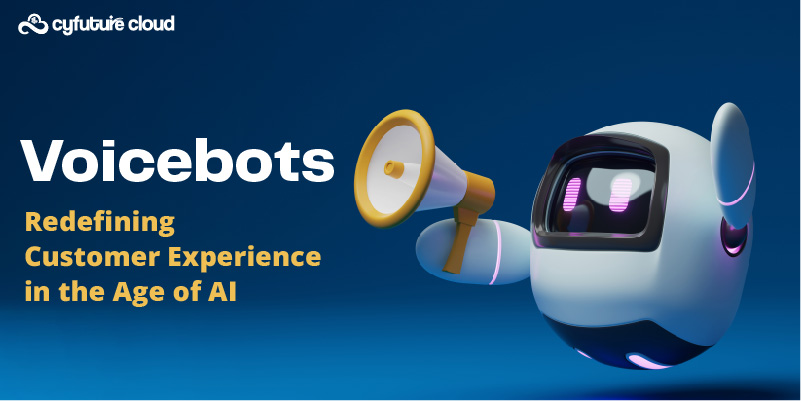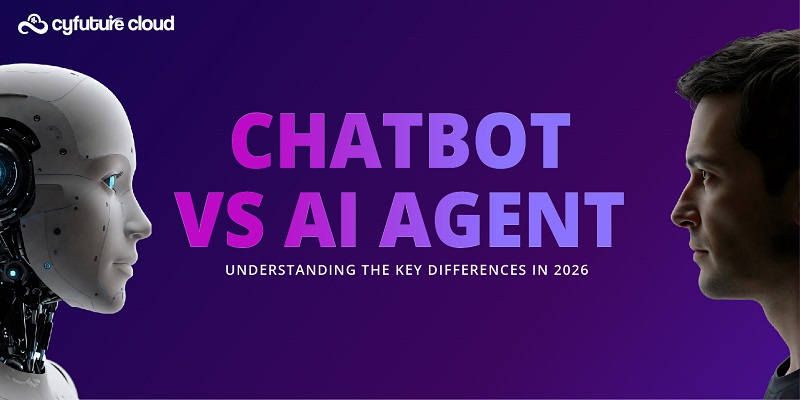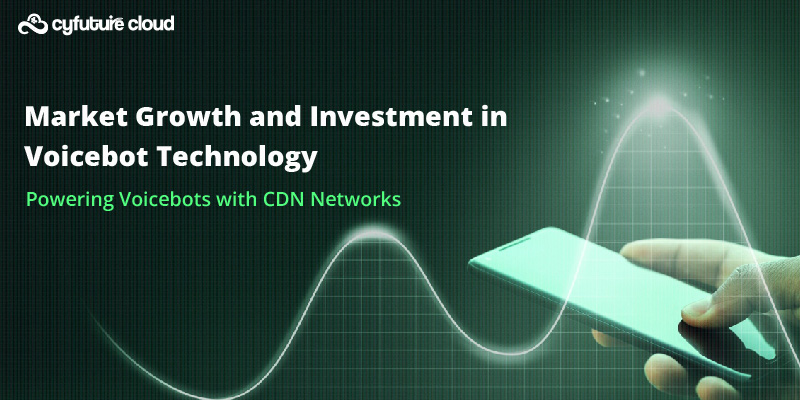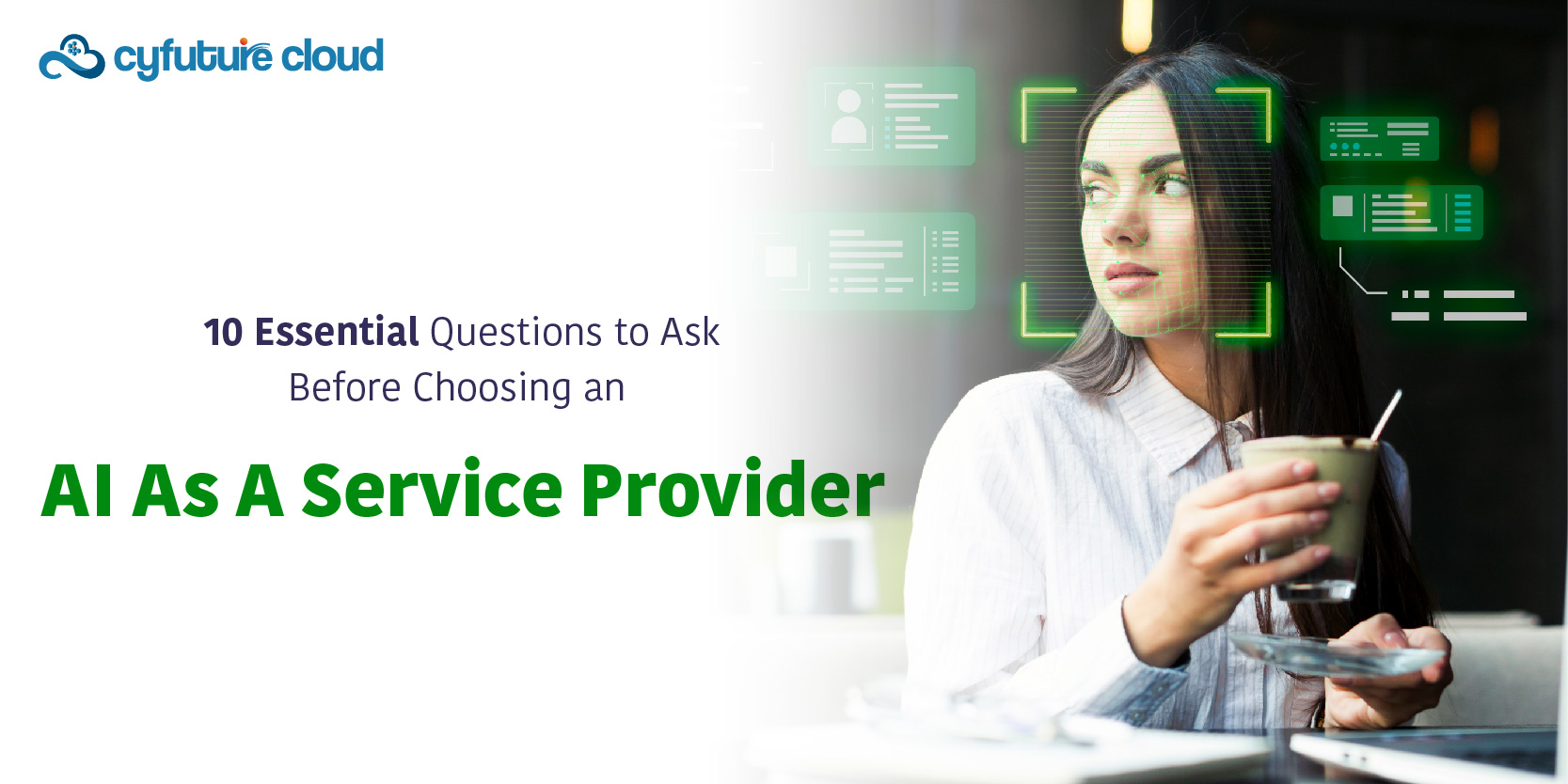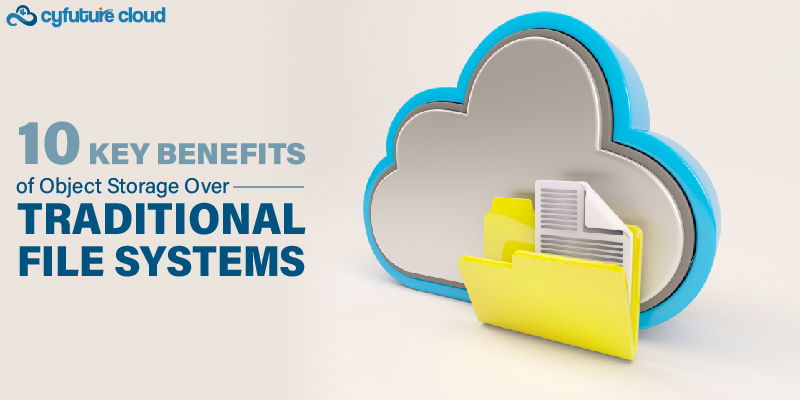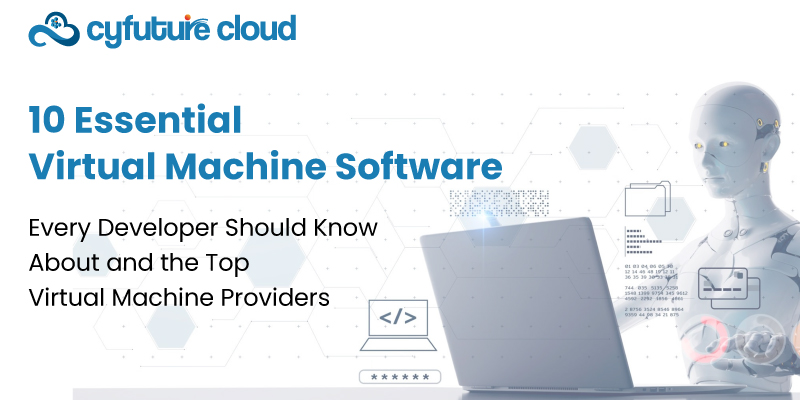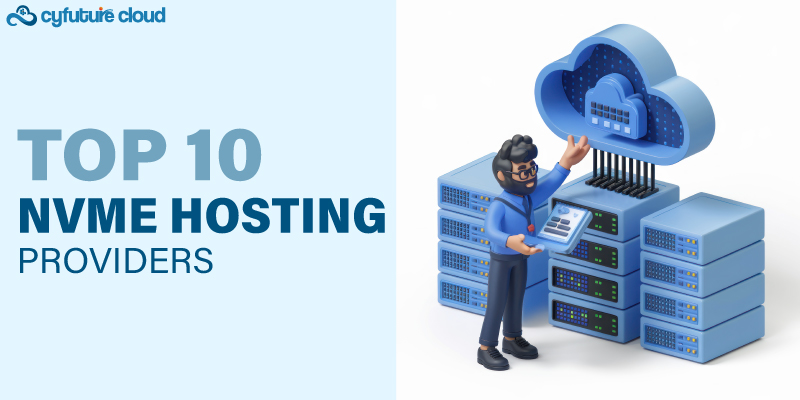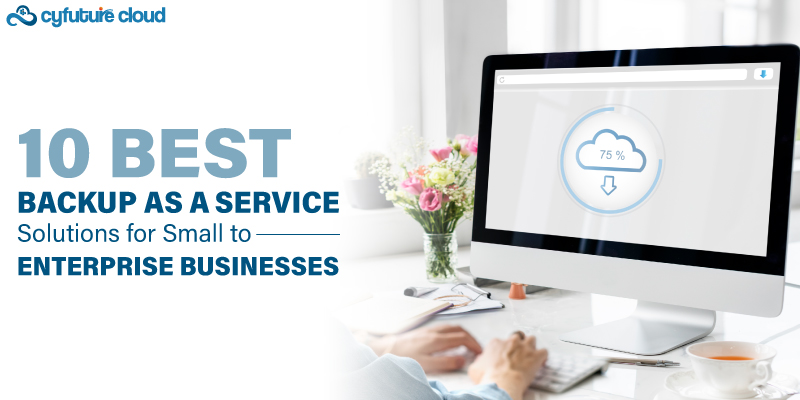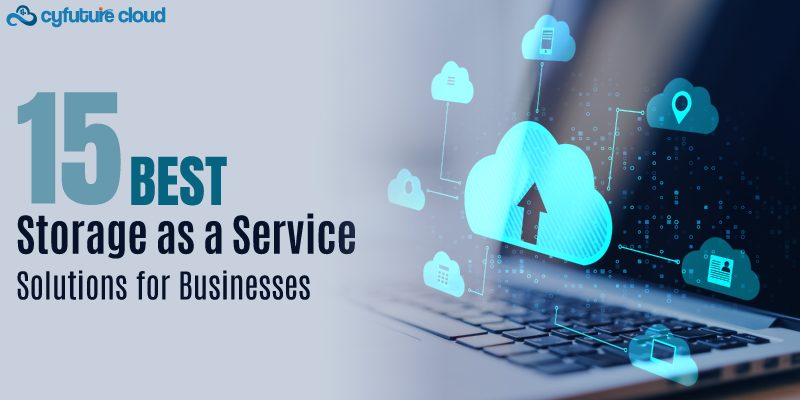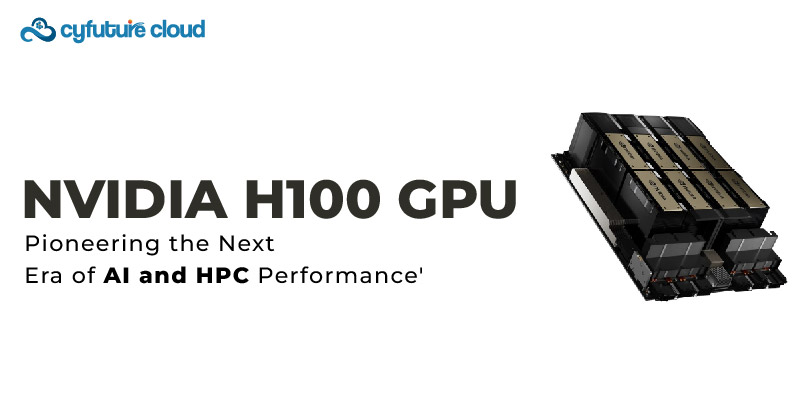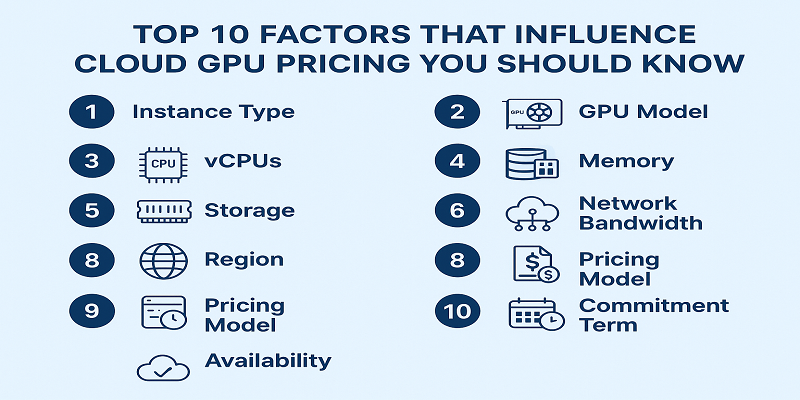Table of Contents
Once upon a time, in a land filled with love and laughter, there lived a couple named Ken and Jill. They were the epitome of a happy marriage, always finding joy in each other’s company and complementing each other in every way. They were truly each other’s better half.
But, as with any relationship, even Ken and Jill faced challenges. One day, they realized that in order to maintain their happily ever after, they needed to understand and support each other’s needs and goals, just like in the world of technology, where a successful integration of different services and solutions is crucial for a seamless experience.
This is where the concept of Cloud Continuum comes in. Just like in a happy marriage, where two individuals must come together and integrate their lives, in technology, different solutions must be integrated for a seamless experience. The Cloud Continuum refers to the different stages of an organization’s adoption and utilization of cloud services, including public cloud, private cloud, hybrid cloud, and multi-cloud.
In this blog, we will explore the different stages of the Cloud Continuum and how they can be applied to the world of relationships to strengthen the bonds of a happy marriage. We will look at how understanding each other’s needs and goals, as well as finding the right balance between control and flexibility, can lead to a successful and fulfilling relationship, just like a successful integration of cloud services can lead to a seamless and efficient technology experience.
Understanding the Concept of Cloud Continuum
The Cloud Continuum refers to the different stages or models of cloud computing, which include:
– Public Cloud: This refers to cloud services that are made available to the general public over the internet. Examples include Amazon Web Services (AWS), Microsoft Azure, and Google Cloud Platform (GCP).
– Private Cloud: This refers to cloud services that are dedicated to a single organization and are not shared with other organizations. Private clouds can be managed by the organization itself or by a third-party provider.
– Hybrid Cloud: This refers to an environment that combines public and private clouds, allowing organizations to take advantage of the benefits of both. For example, an organization might use a public cloud for non-sensitive data and a private cloud for sensitive data.
– Multi-Cloud: This refers to an environment where an organization uses multiple cloud services from different providers.
Benefits and Limitations of Each Type of Cloud
Each type of cloud has its own unique benefits and limitations:
– Public Cloud: Benefits include lower costs, scalability, and accessibility. Limitations include security concerns and a lack of customization options.
– Private Cloud: Benefits include increased security and customization options. Limitations include higher costs and less scalability compared to public clouds.
– Hybrid Cloud: Benefits include the ability to take advantage of the benefits of both public and private clouds, as well as the ability to have a tailored solution that fits the specific needs of an organization. Limitations include the added complexity of managing multiple cloud environments.
– Multi-Cloud: Benefits include increased flexibility, the ability to choose the best solution for specific needs, and the ability to avoid vendor lock-in. Limitations include the added complexity of managing multiple cloud environments and the potential for increased costs.
Importance of Understanding the Cloud Continuum
It is important for organizations to understand the different stages of the Cloud Continuum as each stage offers different levels of control, security, and customization, and choosing the right stage can have significant impact on the success of a cloud implementation. By understanding the benefits and limitations of each type of cloud, organizations can make informed decisions about which stage is the best fit for their needs, and can develop a strategy for how to progress through the different stages as their needs change over time.
How Cloud Continuum Relate to a Happy Marriage?
Just as the Cloud Continuum helps organizations to understand the different stages of cloud adoption and choose the right solution for their needs, by applying these concepts to a marriage, couples can strengthen their bonds and maintain a happy and successful relationship.
Communication and Transparency
Just like in a cloud environment, communication and transparency are crucial in a happy marriage. Couples must be open and honest with each other, and regularly check in to ensure that they are both on the same page. This helps to avoid misunderstandings and conflicts, and allows both partners to feel heard and valued.
Flexibility and Adaptability
In a cloud environment, organizations must be flexible and adaptable, as their needs and goals may change over time. The same is true in a marriage. Couples must be willing to adjust and compromise, and be open to trying new things and finding new solutions as their needs and goals evolve.
In a cloud environment, it is important to have shared responsibilities and trust, as different parts of the organization work together to achieve a common goal. In a marriage, the same is true, as partners must trust and rely on each other to support each other’s needs and goals, and work together towards a common goal.
The Need for Balance and Understanding
In a cloud environment, finding the right balance between different elements, such as control and flexibility, is crucial for success. In a marriage, the same is true, as couples must find the right balance between independence and togetherness, and understand each other’s needs and goals in order to maintain a happy and fulfilling relationship.
Examples of How Cloud Continuum can Benefit a Happy Marriage
By applying the concepts of the Cloud Continuum to a marriage, couples can streamline household tasks and decision-making, balance the needs for personal space and growth, effectively manage finances and long-term planning, and improve their communication and problem-solving skills, ultimately leading to a happier and more fulfilling relationship.
Streamlining Household Tasks and Decision-Making
Just like in a cloud environment where tasks are divided and shared for efficient and effective results, couples can apply this concept to household tasks and decision-making. By dividing and delegating tasks and responsibilities, and being transparent about expectations and priorities, couples can streamline household chores and decision-making, and minimize conflict and stress.
Allowing for Personal Space and Growth
In a cloud environment, the ability to choose the right type of cloud solution allows organizations to balance the needs of different parts of the organization, and provide the right level of control and flexibility. In a marriage, couples can apply this concept by allowing each other the space and independence to pursue personal goals and interests, while still maintaining a strong commitment to the relationship.
Managing Finances and Long-term Planning
In a cloud environment, organizations must be proactive in managing resources and making long-term plans. The same is true in a marriage, as couples must work together to manage their finances and make long-term plans for their shared future. By being transparent and communicating regularly about their financial goals and priorities, couples can avoid misunderstandings and conflict, and work together towards a shared future.
Improving Communication and Problem-Solving Skills
Just as in a cloud environment where different parts of an organization must work together to achieve common goals, couples must also develop strong communication and problem-solving skills to navigate challenges and conflicts. By learning to listen actively, communicate openly, and find creative solutions to problems, couples can improve their communication and problem-solving skills, and build a stronger and more fulfilling relationship.
Summing Up!
It is important to remember that every relationship is unique, and what works for one couple may not work for another. However, by incorporating the principles of the Cloud Continuum, such as open communication, shared responsibilities, and the need for balance, couples can strengthen their bonds and build a more fulfilling and satisfying relationship.
If you are looking to improve your relationship, consider incorporating the principles of the Cloud Continuum. Start by having open and honest communication, making a conscious effort to be flexible and adaptable, sharing responsibilities and building trust, and finding a balance that works for both partners. By doing so, you can lay the foundation for a happy and successful marriage.
In conclusion, the Cloud Continuum provides valuable lessons for anyone looking to build and maintain a happy and fulfilling relationship. By embracing the concepts of communication and transparency, flexibility and adaptability, shared responsibilities and trust, and the need for balance and understanding, couples can strengthen their bonds and build a stronger, more satisfying relationship.
Send this to a friend

 Server
Colocation
Server
Colocation CDN
Network
CDN
Network Linux
Cloud Hosting
Linux
Cloud Hosting Kubernetes
Kubernetes Pricing
Calculator
Pricing
Calculator
 Power
Power
 Utilities
Utilities VMware
Private Cloud
VMware
Private Cloud VMware
on AWS
VMware
on AWS VMware
on Azure
VMware
on Azure Service
Level Agreement
Service
Level Agreement 